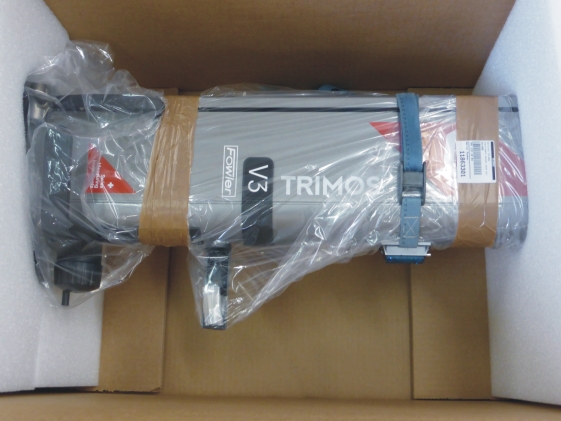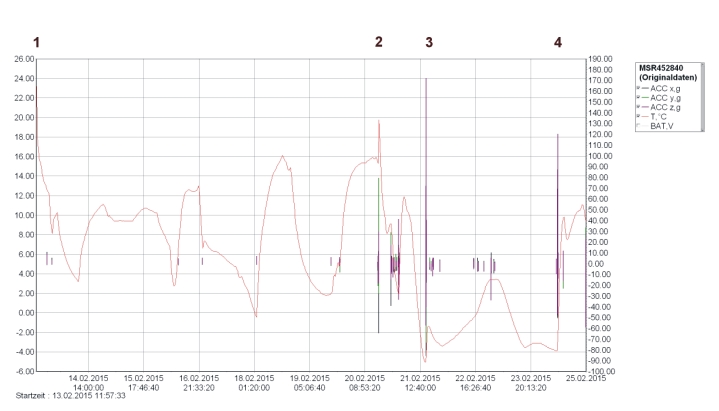This article is summarized from an article written by MSR and Trimos.
Trimos is a Swiss manufacturer of precision measuring instruments (www.trimos.ch) active in industrial metrology since 1972. The products are used in the engineering industry to measure parts of all kind as well as for calibration of dimensional measuring devices.
Recently an analysis of the case of complaints showed that a significant proportion of these were from abuse or shock caused during transport. It is difficult to assert the carrier’s liability in such cases. It is generally Trimos that, to maintain a high level of customer satisfaction, covers the repair costs. But the consequences are:
- Image loss because it is ultimately the Trimos instrument that has a problem (not the carrier)
- High costs
- Waste of time
The type of transport used and the conditions under which the products are stored and handled vary greatly from country to country. All these parameters are generally poorly understood and controlled. A thorough study would better understand what happens during transport and packaging can be adapted accordingly.
To ensure product quality and control the behaviour of the package to the end user, Trimos decided to conduct a series of tests using a 3D accelerometer from MSR (MSR165). The MSR165 allows acquisition of shocks to 200g in 3 axes as well as the room temperature. Its battery offers a working time of several weeks. It is a device perfectly suited for tracking a package, from the factory to final destination.
Impact tests
A first series of tests was to verify the package properties. The idea was to bring down the instrument packaged in different configurations (height, position of the impact etc.) to simulate what might happen during transport. These tests highlighted the weaknesses of the packaging and gave information to make improvements.
Transport tests
Internal tests are successfully completed, the “real” testing phase has been started. The MSR165 was placed directly on the Trimos instrument during the packing operation just before shipment (Figure 1). Several positions were tested to determine the most appropriate. The instrument was then sent to a few critical destinations to analyze what he suffered during transport in terms of shocks (acceleration) and temperature variation. He stayed on average 10 days between the instrument leaves the factory and the arrival at the final destination.
The most significant values are the acceleration along the Y axis (in accordance with the position of the accelerometer) as well as temperature variations. The following graph (Figure 3) shows a typical curve of the course of transport:
1. Departure from the factory
1-2: Transport by truck in Switzerland and flight to the destination country
2. Arrive at the destination airport
2-3: Intermediate handling and storage
3. Loading by a local carrier
3-4: Transport and intermediate storage by local carrier
4. Arrive at the end customer and unpacking

Figure 1. MSR165 fixed to the Trimos device during the transport

Figure 3. Acceleration in 3 axes X, Y and Z, and temperature (continuous curve) during transport
Analysis of this curve shows that the greatest shocks occur during handling and during the final transport. But the packaging has shown its capacity to preserve the instrument from shocks in the most critical direction (Y).
The use of the MSR165 accelerometer is very simple. The programming of the acquisition parameters and the download and analysis of the results is easily done via the software supplied with the instrument. The start of the acquisition by a button on the accelerometer is very convenient as it allows mounting before to start the acquisition.
The MSR165 has validated the packaging of the new generation of measuring columns Trimos effectively. Many doubts about its ability to absorb shocks transport were able to be removed.
MSR165 datalogger is available in 2 main version, +/- 15 and +/- 200 g. It can be equipped with other sensors.
You can find more information here: